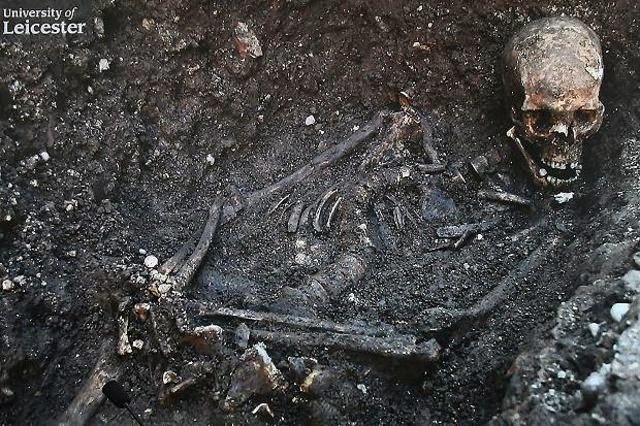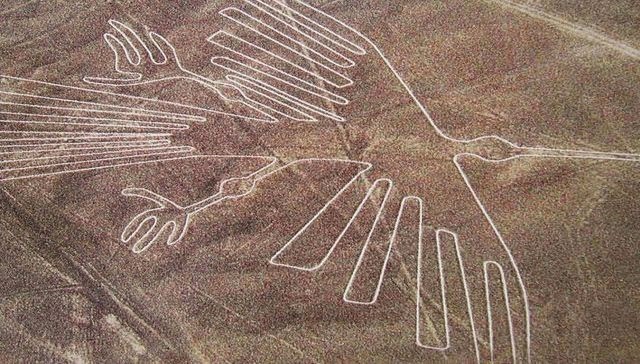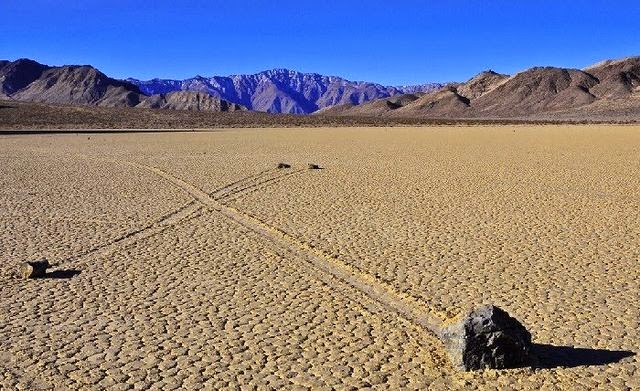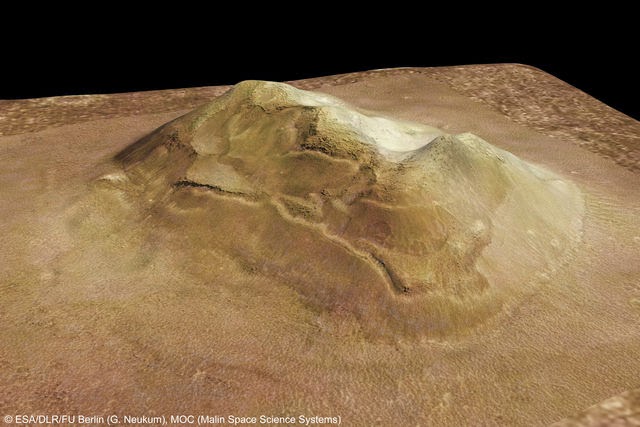The story of humanity is the story of our quest to understand the world around us. We’ve talked before about the many, many mysteries that continue to defy explanation. But that’s only half the story. Scientists and historians continue to work to answer unresolved questions about the universe and our own past. And recently, it seems like they’ve had some notable successes.
1. 'The Bloop'


2. The Fate of Richard III

However, that was until a body was found beneath a parking lot in Leicester in 2012. Using genealogical and forensic research, experts were able to confirm it was indeed Richard III. They were similarly able to confirm he was likely killed in battle.
3. The Shroud of Turin

Modern science has completed hundreds of thousands of hours of detailed study and intense research on the Shroud. It is, in fact, the single most studied artifact in human history, and we know more about it today than we ever have before. And yet, the controversy still rages.
Carbon testing conducted on the shroud in 1988 fairly conclusively revealed the shroud could not be from the time of Jesus of Nazareth. In fact, it is around 1,300 years younger than was originally suggested. The testing revealed the linen itself originates from around 1260 to 1390 and cannot be older. Despite this, researchers are still divided on how the actual image of a man was made on the linen.
4. The Disappearance of the Nazca Civilization

The drawings were created between 300 BC and 800 AD. er. in the heyday of the Nazca civilization. At the same time created a ceremonial city Kauachi with a system of underground aqueducts that operate on this day. For reasons unknown, the Nasca civilization disappeared.
The combination of their sudden disappearance and apparent communication with the heavens, led some pseudo-scientists to suggest they were abducted by aliens.
Recent studies have put forward a new version, and the reason for the disappearance called deforestation, which served as a drying climate, which prevented the possibility of inhabitants of the valleys grow food.
Clearing land for agricultural purposes, they cut down thousands of years guarango (acacia), which for centuries governed the moisture and soil fertility. Guarango roots penetrate to great depths, created a humid microclimate. Total deforestation has led to increases in temperature and decrease in precipitation, the disappearance of water in reservoirs Nazca Indians made life impossible.
5. The Mysterious Notes in Homer's The Odyssey

In early 2014, Italian cryptology enthusiasts Daniele Metilli and Giula Accetta cracked the case when they revealed the notes were written in an obscure form of shorthand invented by Jean Coulon de Thevenot in the 18th century.
Unfortunately, the decoded text did not point to hidden treasures or bizarre rambling. Instead it was merely revealed to be an amateur French translation of the original Greek text.
6. The Bermuda Triangle

People have even gone so far as to speculate that it’s an area of extra-terrestrial activity or that there is some bizarre natural scientific cause for the region to be hazardous; but most likely, it’s simply an area in which people have experienced a lot of bad luck—the idea of it being a “vortex of doom” is no more real than Bigfoot or the Loch Ness Monster.
However, as far back as 1975, Larry Kusche revealed that statistically speaking, the Bermuda Triangle is no more dangerous than any other body of water, which is especially damning when you consider the area's propensity for tropical storms.
7. Sailing Stones

Various theories have been put forward to explain the phenomena, however in August 2014, one of the most popular was confirmed - it's all down to ice. The rocks move when large ice sheets which have formed on the surface begin to break up. These small ice panels are then pushed by light winds and can move the rocks at up to 5 meters a minute.
8. Crystal Skulls

Many believe these skulls were carved thousands or even tens of thousands of years ago by an ancient Mesoamerican civilization. Others think they may be relics from the legendary island of Atlantis or proof that extraterrestrials visited the Aztec sometime before the Spanish conquest.
Recent electron microscope analyses of skulls by the British Museum and the Smithsonian Institution revealed markings that could only have been made with modern carving implements. It is likely most were made around the mid-19th century, when interest in ancient culture saw a revival. Most museums have now removed their crystal skulls from display.
9. The Face on Mars

Although NASA scientists quickly determined that the face was created by tricks of light and shadows, the imaginative public seized on the idea that it did not form naturally.
Some people believe that the face is the remnant of an alien civilization, suggesting that other rocky outcroppings in the area may be a crumbling extraterrestrial city.
However, in 2003, the European Space Agency's Mars Express probe put things to rest. Using its high resolution stereo camera, it was able to take clearer images and create a 3D image of the "Face on Mars." In reality, it is nothing but a fairly normal Martian mesa.

10. How Bumblebees Fly


 Top 10 Most Beautiful Islands In Asia
Top 10 Most Beautiful Islands In Asia
 Top 10 Deadliest rocks and minerals on earth
Top 10 Deadliest rocks and minerals on earth


 Top 10 Weirdest Lizards - Reptiles On The Planet
Top 10 Weirdest Lizards - Reptiles On The Planet
 Gallery: The Best Beautiful Photos Of Old Sai Gon, Vietnam
Gallery: The Best Beautiful Photos Of Old Sai Gon, Vietnam
 Top 10 Species Of Exotic Mushrooms In The World
Top 10 Species Of Exotic Mushrooms In The World
 Top 10 Most Amazing Sea Monsters on the Earth
Top 10 Most Amazing Sea Monsters on the Earth
 Top 10 Weirdest Jobs In The World
Top 10 Weirdest Jobs In The World

0 Comment | Write Something